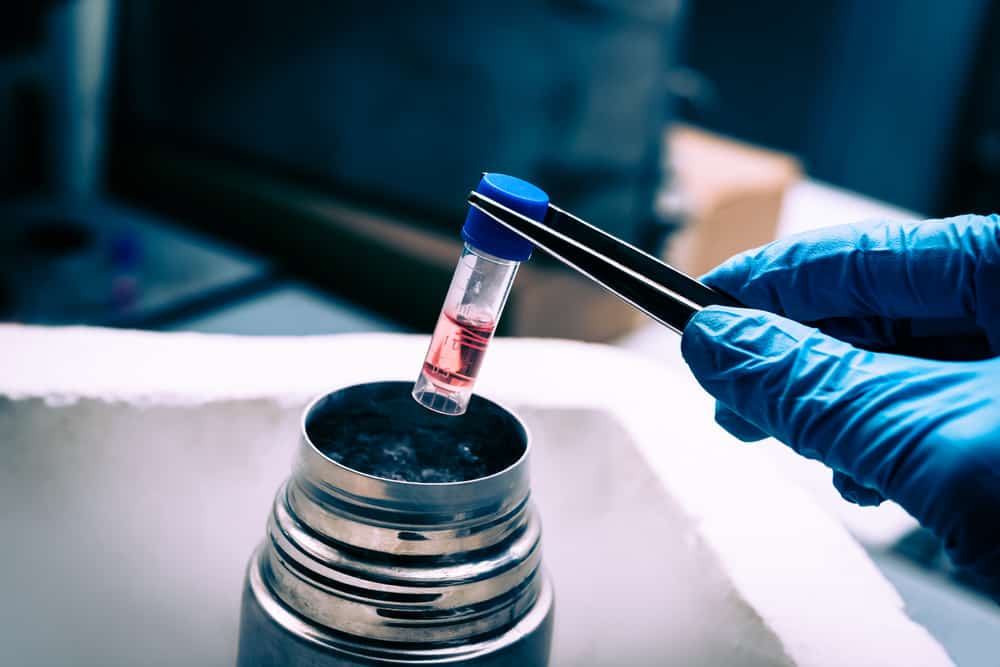
Jan 29, 2021
Regenerative medicine uses the natural healing capabilities of stem cells to help repair injured tissues. One of the biggest challenges facing practitioners of this exciting new medical subspecialty is helping patients understand that not all stem cells are the same.
The ABC’s of Stem Cells
Stem cells are unique because they have the ability to renew themselves and become different kinds of cells that are needed by the body. In fact, they are the only cells in the body that are capable of generating new cell types.[i] To better understand what kind of stem cells are used for orthopedic conditions, it is helpful to know that there are several different types.
Embryonic stem cells are derived from an embryo that develops from fertilized human eggs in the laboratory. They are used for research purposes only. There are no FDA approved treatments that use embryonic stem cells.
Stem cells derived from birth tissue products such as umbilical cord blood are approved for use in blood cancers and other blood disorders like sickle cell disease. However, the stem cells from umbilical cord blood and amniotic fluid are not approved by the US Food and Drug Administration (FDA) for any orthopedic indication. The safety and efficacy of these products have not been tested in orthopedic conditions and the FDA does not permit their use.
Mesenchymal stem cells (MSCs) are a specific type of adult stem cell that have the ability to differentiate into bone, cartilage and muscle cells.[ii] These stem cells are found in all tissues of our body in limited quantities, but they tend to exist in higher amounts in the bone marrow and adipose tissue (fat). For orthopedic applications, your physician may obtain these cells from your own (autologous) bone marrow or adipose tissue (fat). These tissues not only contain mesenchymal stem cells, they also contain other cells that are anti-inflammatory and regenerative. Once these cells are injected, they release hundreds of molecules that decrease inflammation, fight infection and repair injured tissues.
The Body: A Constant Work in Progress
There are more than 37 trillion cells in our body which are constantly dying and being replaced. There are more than 200 types of cells in our body and they each have different lifespans. Platelets live for a week, red blood cells live for about four months, bone and muscle cells live about 25 years, while brain cells can live a lifetime.
An injury or disease can hasten the death of cells. But often, the wear-and-tear of the natural aging process cause tissues to become damaged. Stem cell treatments enable regenerative medicine specialists to boost the body’s own natural healing abilities by bringing concentrated doses of these powerful building blocks directly to the site of injured or degenerated joint, cartilage or tissue.
Although regenerative medicine is a relatively new specialty within the field of orthopedics, cell-based treatments have been shown to be an effective non-surgical option for patients who have failed standard treatments or want to avoid surgery.
By combining the body’s own powerful healing capabilities with the latest in scientific and medical technology, orthopedic stem cell therapies provide lasting pain relief and help patients live their life fully.
Drs. Christopher Rogers and Mary A. Ambach have been providing cellular treatments for orthopedic conditions for more than three decades. Their clinical outcome data reveals that the majority of their patients are satisfied and successfully respond to these orthobiologic therapies which also demonstrate excellent safety.
[i] https://www.mayoclinic.org/tests-procedures/bone-marrow-transplant/in-depth/stem-cells/art-20048117
[ii] https://www.mayo.edu/research/labs/bone-injury-repair/research/mesenchymal-stem-cell-biology

Nov 6, 2020
The human spine is composed of 24 individual bones called the vertebrae. In between these bones are the intervertebral discs, which are gel filled structures that act as shock absorbers. They consist of a tough outer layer called the annulus fibrosus that protects the disc’s gel-like interior, the nucleus pulposus. In the lower back, the discs are a little more than a third of an inch (10 millimeters) thick and about 1.5 inches (four centimeters) in diameter.[i]
A bulging disc or herniated disc occurs when the outer layer of the disc weakens and tears. This can cause the inner gel to bulge out to the spinal canal and affect the nearby nerves causing back pain, leg pain or muscle spasm. The disc tear can also cause leakage of materials into the spinal canal that can cause inflammation and pain.
Herniated discs most often occur in the lower back but can occur anywhere in the spine, including the neck and the midback. The location of the herniated disc often determines where the patient will feel symptoms of pain, tingling, numbness or weakness. Bulging discs in the lumbar spine can result in pain in the low back, buttocks, thighs, legs and feet. On the other hand, if your herniated disc is in the cervical spine, pain can be felt in the neck, shoulders, arms and hands.
What Causes a Herniated Disc?
Disc herniation can occur due to injury or age-related wear and tear. As people age, the disc nucleus pulposus loses hydration, wears down and leads to degeneration. Other factors may increase the risk of developing a herniated disc. These include:
- Repetitive lifting, pulling, pushing, bending and twisting
- Genetics
- Increased height (tall people)
- Smoking (decreases blood supply to the disk leading to degeneration)
A thorough medical history and physical examination can lead to the diagnoses of disc herniation. An MRI of the spine is an imaging modality that reveals herniated discs and other structural abnormalities of the spine.
Treatment Options
The treatment for most cases of mild to moderate herniated discs involves conservative measures which include the following:
- Activity modification: Avoid repetitive twisting, bending or lifting. Do not sit or stand for extended periods of time.
- Physical therapy to strengthen your trunk, arm and leg muscles that support the spine.
- Medications: Anti-inflammatory medications such as ibuprofen or naproxen, muscle relaxers, or pain killers
- Ice packs or heating pads
- Alternative therapies such as acupuncture, massage or gentle chiropractic manual therapies to manage pain.
Non-Surgical Interventions
When conservative measures fail to provide symptomatic relief, a board-certified spine specialist can offer injection treatments that do not require hospitalization and provide a more rapid recovery than surgery.
Epidural corticosteroid injection is a treatment that delivers steroid, a powerful anti-inflammatory medication, directly to the source of pain. This is performed using fluoroscopic (x-ray) guidance. This treatment can provide immediate relief of pain. The number of treatments is limited as repetitive steroid use could result to tissue damage, hormonal irregularities, osteoporosis and decreased immune response.
Cell-based therapies can treat disc degeneration and tears that are traditionally managed with medications or surgery. These treatments have been shown to increase disc hydration and disc cell proliferation, decrease inflammation, increase disc support tissue and assist in tissue healing. These therapies involve obtaining the patient’s own healthy cells and delivering them to the injured disc where they can jump start the body’s own regenerative healing processes.
- Platelet Rich Plasma uses platelets in the blood that release growth factors and proteins to promote tissue repair, while the plasma carries the hormones, electrolytes and nutrients required to nourish cells during the healing process.
- Cell Based Therapies use cells derived from the patient’s own bone marrow. Bone marrow contain adult stem cells that have the unique ability to develop into the specific kind of cells, including anulus and nucleus pulposus cells. They also contain many other healing cells and molecules that direct other cells in the area to form new blood vessels, awaken stem cells and produce collagen or other proteins essential for creating healthy new tissue.
Patients considering regenerative treatments such as these cell therapies need to know that the U.S. Food and Drug Administration (FDA) does not currently allow the use of stem cells derived from birth tissue products such as amniotic fluid or umbilical cord blood to treat orthopedic conditions. These donor products do not contain live stem cells and have not been tested for safety or efficacy.
Candidates for Cell-Based Therapies for Herniated Discs
The success of cell-based treatments for herniated discs is dependent upon the severity of your condition and your overall health. Cell-based treatments are not suitable for those who have active cancer, infection, history of blood disease, or are pregnant.
Cell-based therapies are giving new hope for long-lasting pain relief to many patients with injured discs. It is important that you take an active role in your healing and recovery with good nutrition and a commitment to overall fitness to achieve the best outcome.
Drs. Christopher J. Rogers and Mary A. Ambach of San Diego Orthobiologics Medical Group together have successfully treated thousands of patients with interventional spine procedures and cell-based treatments for more than three decades. They are published authors and cell therapy researchers. Their facility in Carlsbad contains the most advanced Regenerative Medicine technology in San Diego and offers same- day treatments with the highest level of safety and efficacy.
[i] https://www.kenhub.com/en/library/anatomy/the-intervertebral-discs
https://www.mayoclinic.org/diseases-conditions/herniated-disk/symptoms-causes/syc-20354095
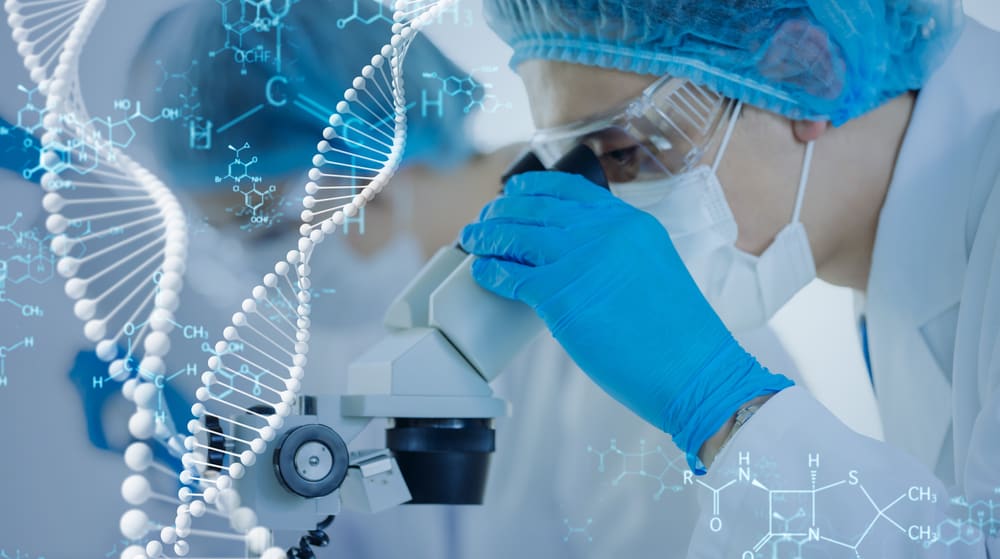
Sep 11, 2020
What’s the Difference Between Platelet Rich Plasma and Cell Based Therapies?
Regenerative medicine therapies are increasingly being used for people with painful orthopedic conditions. Commonly used orthobiologics include platelet rich plasma (PRP) and other cell based therapies.
Platelet rich plasma therapy includes the concentration of platelet cells from a patient’s own blood. These cells deliver hundreds of growth factors which facilitate the body’s ability to control inflammation, decrease pain and promote tissue healing.
Adult Stem Cells are found in every tissue in the body. A patient’s own bone marrow and fat tissues contains precursor cells called mesenchymal stem cells that have the ability to develop into new cells and repair damaged tissues. These cells also reduce pain and inflammation.
So What’s the Difference?
Many patients ask, “If both platelet rich plasma and adult stem cell therapy help with healing and inflammation, why choose one over the other?”
The fact of the matter is each treatment offers unique benefits. An experienced regenerative medicine specialist knows that several key factors are important when determining which treatment will provide the best outcome for you.
These considerations include:
· The severity of the medical condition being treated (e.g. mild, moderate or severe)
· The location of the injury (e.g. spine or joint)
· The type of tissue requiring treatment (e.g. bone, tendon, cartilage, disc or muscle)
· The patient’s age and overall health, including any other medical conditions.
Knowing How PRP is Different Than Cell Based Therapies
Many clinics claim to offer stem cells or platelet rich plasma treatments, however, the effectiveness of these treatments and experience level of the physicians varies widely from one clinic to another.
· Treatments that use donated tissues such as umbilical cord blood, amniotic tissue and exosomes are not permitted under current FDA guidelines. These products are NOT to be used in orthopedic conditions, because they have not been tested for safety or efficacy.
Only autologous biologics such as your own blood, bone marrow and minimally manipulated fat are compliant with current FDA guidelines for safety and efficacy.
· Dose matters. The number of cells obtained is determined by the method used. The best results are achieved when your physician uses advanced tissue processing methods to produce highly concentrated platelet rich plasma or mesenchymal stem cells. It takes your physician years to master the skill of cell harvesting for maximal benefit.
· To ensure the safe, effective and comfortable delivery of cells into the damaged tissues, a fellowship trained physician should use advanced image guidance using diagnostic ultrasound or x-ray (fluoroscopy). Physician assistants, naturopathic doctors, chiropractors and nurses do not complete this level of training.
When considering treatment with regenerative medicine, it’s important to understand the pros and cons of the different options. Be aware that treatments vary among different clinics and outcomes are determined by physician experience and the methods used to deliver these treatments. Be sure to ask your physician about their training, experience and whether or not they document their patient outcomes.
When done properly, cell based therapies significantly help patients to heal quickly and completely allowing them to enjoy an active life without pain.
Drs. Christopher J. Rogers and Mary A. Ambach of San Diego Orthobiologics Medical Group have successfully treated thousands of patients with platelet rich plasma and other cell based therapies for more than a decade. Their facility in Carlsbad contains the most advanced Regenerative Medicine technology in San Diego and offers same day treatments with the highest documented levels of safety and efficacy.
Sources:
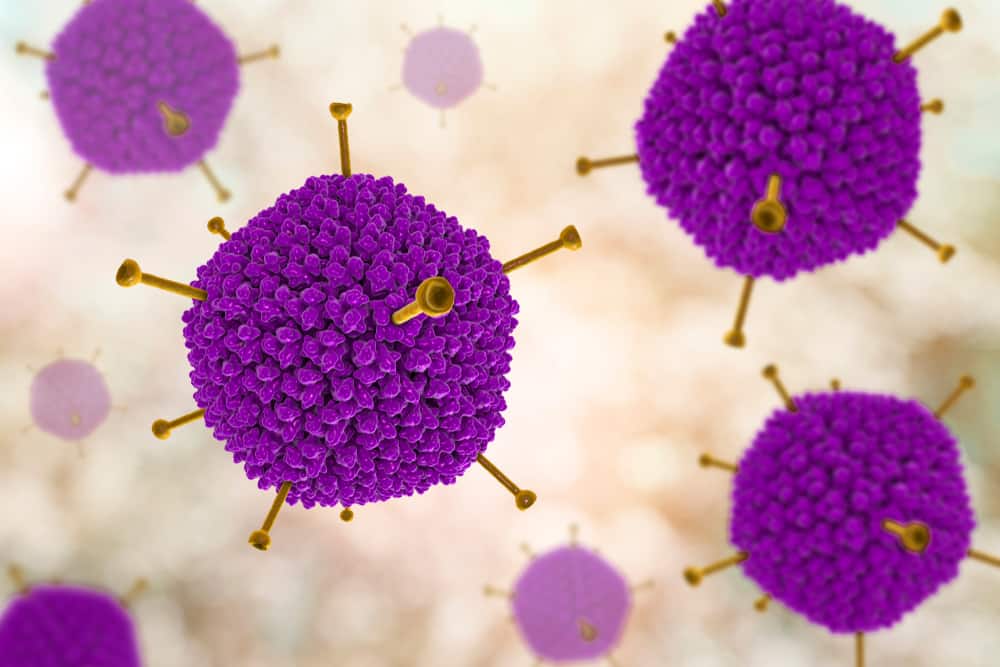
Aug 6, 2020
Many people are discovering the benefits of cell based therapies, commonly known as stem cell treatments, in treating orthopedic conditions such as osteoarthritis, tendon injuries and chronic low back pain. These treatments have offered patients hope for long term pain relief and healing. Patients have obtained significant medical benefits from physicians who offer safe and evidence based cell therapy.
Although there is increasingly abundant data on the benefits of these treatments, many stem cell therapies are in the investigational stages of development. The U.S. Food and Drug Administration (FDA) regulates the use of stem cells in clinical practice. Healthcare providers that offer cell based therapies are obligated to comply with state and federal regulations.
Unfortunately, in the U.S. there are more than 600 clinics that promote stem cell treatments that are neither safe nor effective. The level of healthcare provider training at these clinics is highly variable with many delivering treatments from unqualified individuals. So when patients ask, “Does stem cell treatment work?”, the answer is, “It depends on the clinic what they are offering as stem cell treatment.”. We believe it is important for physicians and their patients to understand the key differences between cell based treatments and the providers who offer them.
Several “stem cell” clinics use birth tissue derived from umbilical cord blood or amniotic tissue. Others will offer exosomes which are products derived from stem cells. These products are not FDA compliant for orthopedic use. They require FDA approval of a Biologics License Application before physicians are permitted to market them to patients. In an effort to evade FDA scrutiny, the manufacturers of these products claim that their birth tissue products do not contain live stem cells. Yet the clinics that sell these products make very different claims.
What sets San Diego Orthobiologics Medical Group apart from other clinics is our commitment to only use FDA compliant cell based therapies that are supported by the scientific evidence. In addition, we use cells that are obtained from the patient’s own body (autologous cells) to maximize safety.
Two Sources of Cell-Based Treatments
Stem cells are found throughout the body. Common sources used to obtain stem cells are bone marrow aspirate concentrate (BMAC) and adipose tissue (fat) that has been processed in an FDA compliant manner. These tissues are known to contain live stem cells, however it is difficult to accurately measure the number of cells at the time of treatment. In addition to stem cells, there are many other kinds of cells in bone marrow and fat that contain healing properties. Cell based treatments that are obtained from these tissue sources comply with current FDA guidelines and are supported by several scientific studies that report on the safety and efficacy of these therapies for orthopedic conditions.
- Adipose-derived cells are collected from a mini-liposuction procedure, typically from the abdomen or buttocks. San Diego Orthobiologics Medical Group offers LIPOGEMS® autologous fat tissue product for treating joint and soft tissue injuries. LIPOGEMS® preserves cells within the fat without jeopardizing their native structure. This enables reparative cells within the fat to continue to work as a functional unit allowing the body to repair damaged or degenerated tissues.
- Bone marrow derived cells contain a rich supply of cells that have been shown to stimulate the body’s ability to improve circulation, decrease inflammation and heal injured tissues. San Diego Orthobiologics Medical Group offers bone marrow aspirate concentrate, which provides a significant amount of regenerative cells to support the body’s natural healing response.
Patient Safety is Paramount
Because San Diego Orthobiologics Medical Group uses a patient’s own tissue, there is minimal risk of disease transmission, infection or immune reaction. This would not be the case for donor birth tissue derived products. Moreover, autologous cells used in our treatments are preserved in their natural state and possess the greatest healing potential. Donor or birth tissue products have not been proven to be safe or effective for orthopedic conditions. There have been cases of bacterial infection with the use of donor products and most do not contain any living stem cells at all.
In addition to using a patient’s own cells, San Diego Orthobiologics Medical Group also protects our patients using:
- State of the art cell processing techniques in our Orthobiologics lab using some of the most advanced regenerative medicine technology in San Diego.
- Innovative equipment to image the joint and spine such as musculoskeletal ultrasound and fluoroscopy (digital x-ray). These tools provide detailed visualization of the injured structures and significantly improve the comfort and effectiveness of cell based therapies.
- Fellowship trained physicians who have decades of experience treating patients with orthopedic conditions. We also track our safety and efficacy outcomes with the DataBiologics registry to help patients make informed medical decisions.
An Investment in Safety
San Diego Orthobiologics Medical Group invests significant time and expertise to ensure we offer FDA compliant and evidence based therapies in order to provide our patients with safe, comfortable and effective treatments. As dedicated healthcare professionals, we understand that every patient is unique and that the best outcomes are derived after a comprehensive evaluation, patient education of all treatment options and customized medical care.
Drs. Christopher J. Rogers and Mary A. Ambach of San Diego Orthobiologics Medical Group are experts in the field of regenerative medicine and have been providing safe, effective and FDA-compliant cell based treatments to their patients for decades. They serve as faculty members and lecturers at national and international medical conferences and are considered experts in the field of regenerative medicine.
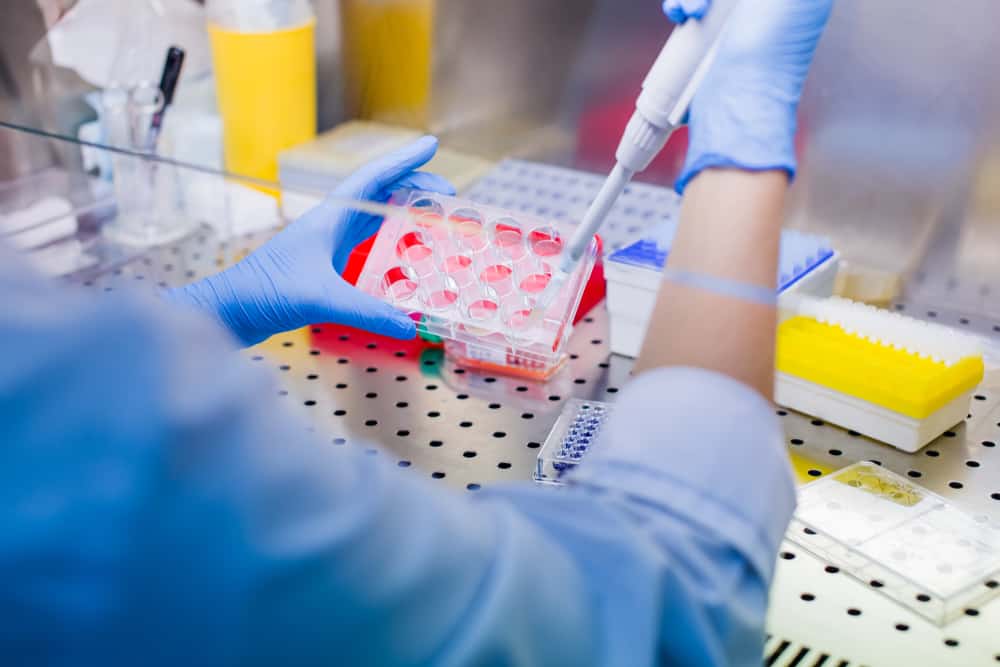
Aug 4, 2020
STEM CELL RESEARCHERS AND THE FDA WARN PATIENTS ABOUT FRAUDULENT CLINICS THAT SELL ILLEGAL BIRTH TISSUE PRODUCTS
Stem cell therapies have the potential to treat many medical conditions that were previously untreatable. But, despite their enormous promise, stem cell therapies are only in the early stages of clinical development. For the past two decades, hundreds of scientific studies have been conducted, but much more work is required to prove the safety and efficacy of these treatments.
Recently, the FDA posted a warning to patients about the rising number of illegal stem cell clinics. In addition, a newly released short film documents the fraudulent and illegal activity of these stem cell clinics. Experts in the field were interviewed and shared their experience, warning patients about the fraud and abuse that is rampant in the United States.
Unscrupulous healthcare providers sell illegal birth tissue products and fraudulently promote them as “stem cell therapy”. These products include amniotic fluid, umbilical cord blood and exosomes. They are not FDA approved because they have not been tested for safety or efficacy. Physicians are not permitted to use them. In fact, patients have been harmed by them. And not surprisingly, none of these products have been shown to contain actual live stem cells.
Patient Education is Key
The physicians at San Diego Orthobiologics Medical Group support the experts and would like to educate patients about the risks of using illegal stem cell products. We only use FDA compliant cell therapies for our patients. We do not use birth tissue products because they have not been tested for safety or efficacy and are not permitted by the FDA. Our physicians are recognized leaders in the field of Orthobiologics, conduct FDA approved stem cell research and have published in the peer-reviewed scientific literature.
To learn more, please download our free E-book, The Patient’s Guide to Stem Cells.
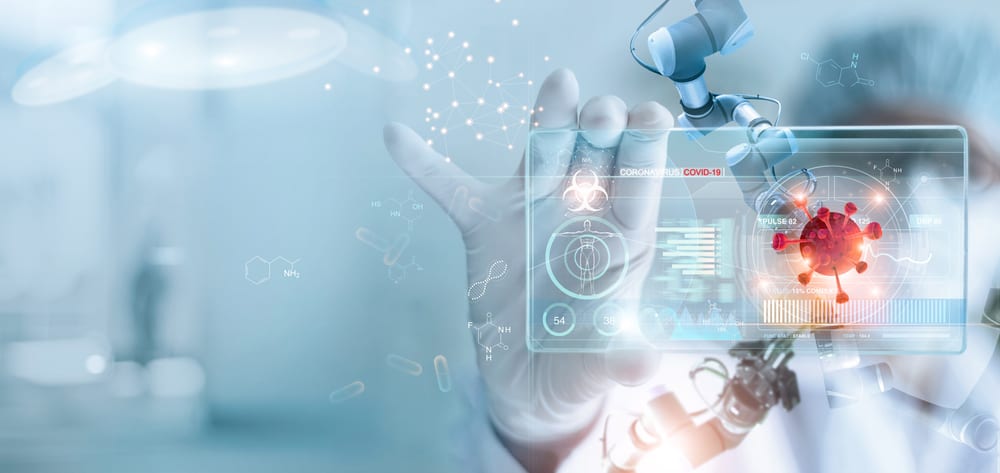
Jul 24, 2020
Dr. Christopher Rogers, founder of San Diego Orthobiologics Medical Group (SDOMG) and medical director for Personalized Stem Cells, Inc. (PSC), is pleased to announce that they have obtained FDA approval to treat patients with severe COVID-19 using stem cells.
In record time, Personalized Stem Cells, Inc. has received approval from the U.S. Food and Drug Administration to conduct a clinical trial of stem cells for the treatment of patients with severe COVID-19 (1). Stem cell therapy has already shown encouraging results in studies conducted in Spain, Israel, and China. Dr. Rogers and his coauthors recently published a landmark peer-reviewed scientific article on the rationale behind the use of stem cells to treat COVID-19 (2). Support from entire team at SDOMG and PSC was critical to achieving this exciting accomplishment. We are eager to initiate this clinical trial and demonstrate the safety and efficacy of this innovative and promising therapy.
Resources
1) WFMJ: Personalized Stem Cells Receives FDA Approval to Treat COVID-19 Patients
2) Journal of Translational Medicine: Rationale for the clinical use of adipose-derived mesenchymal stem cells for COVID-19 patients
3) Personalized Stem Cells Announces Completion of Enrollment for FDA Approved Stem Cell Clinical Trial for Knee Arthritis





